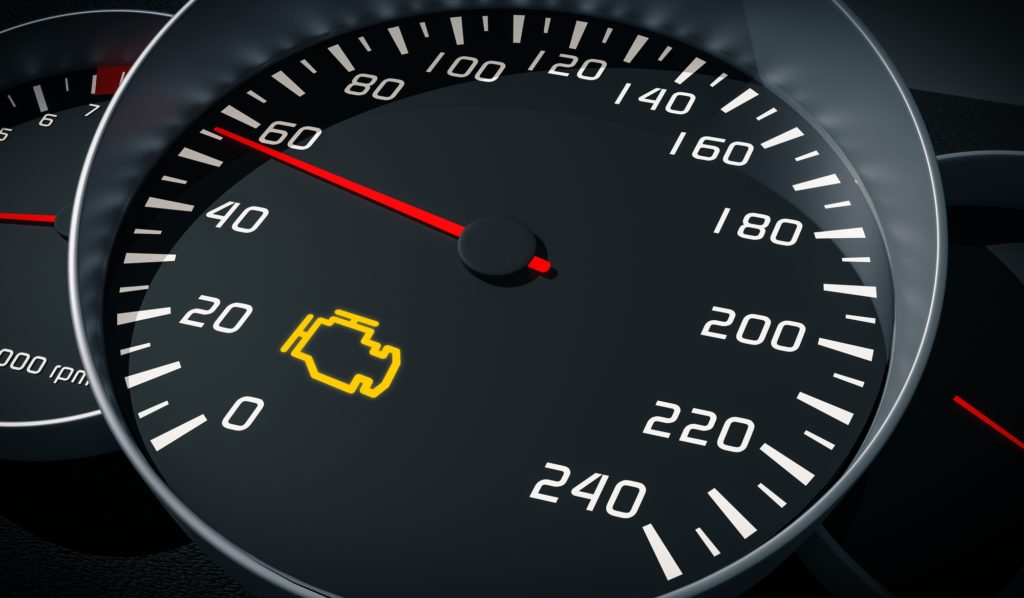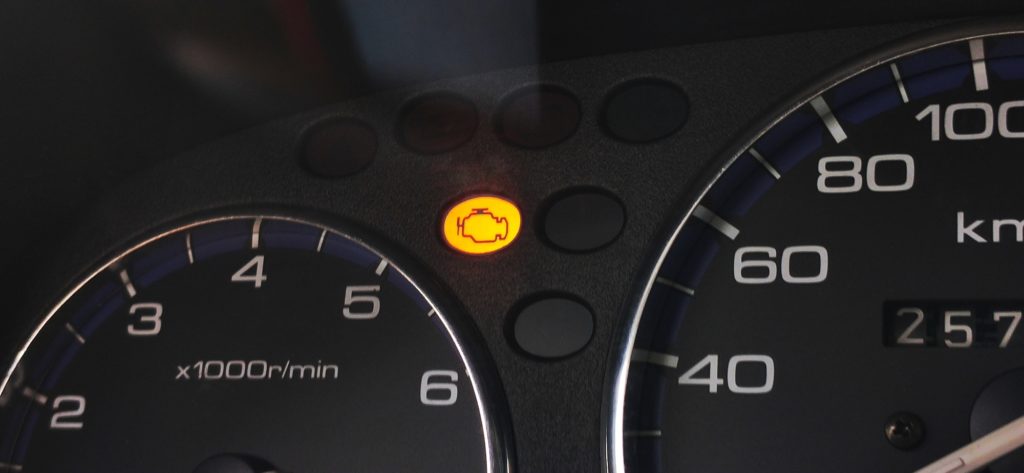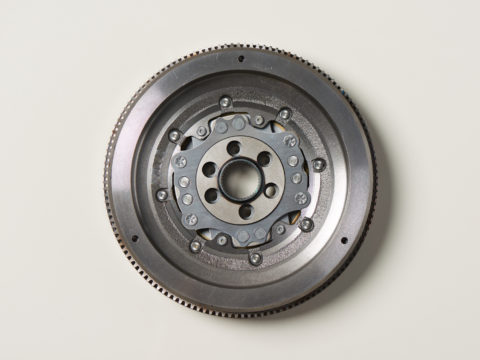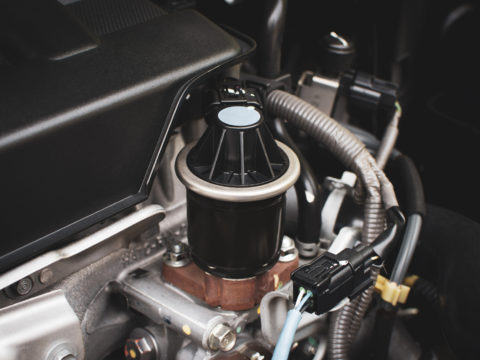Did your powertrain light come on while you were driving? While your instinct might be to panic, a powertrain or check engine light can indicate a minor or significant problem. You can drive with the powertrain light on, but it’s not recommended. Get your car checked asap.

Contents
Can You Drive With a Powertrain Fault?
If your car’s powertrain or check engine light comes on, it’s a warning that there’s something wrong. This “something wrong” might be a faulty sensor, a loose gas cap, or a major engine malfunction. The check engine light is part of your car’s diagnostic system and is there to alert you. However, the diagnostic system can vary between vehicles.
Most cars have a fail-safe that will turn on if the system detects a powertrain fault. This fail-safe will restrict the vehicle’s power and speed to prevent further damage. If you continue to drive with the fail-safe on, you could wear out certain parts quicker or experience reduced performance.
Since an illuminated powertrain light can indicate various problems, you’ll notice a steady or flashing light. When the light is constant, this usually means you have a minor problem. In these cases, you’re probably okay driving home. But if the check engine light is flashing, the issue is severe. You should pull over immediately and get a tow.
Either way, have a nearby repair shop or dealership inspect your car before you drive it again. Continuing to use your car with a powertrain fault might lead to more severe transmission or engine damage. Save yourself the headache.
What Does a Powertrain Warning Light Mean?
A powertrain warning light means the vehicle’s diagnostic system detects a powertrain fault. Your car’s powertrain is made up of the following parts:
- Engine: this is your vehicle’s powerhouse and combusts fuel so it can run.
- Transmission: this shifts your car into various gears and helps convert unleaded gas or diesel into energy.
- Driveshaft: this is the rotational force of your car.
- Differentials: this is what allows your car to make turns.
- Axles: this is what holds your wheels in place and supports your car’s weight.
Within some or all of these parts are sensors. These sensors help your car’s diagnostic system determine if a problem exists somewhere in the powertrain.
Powertrain Light Symbol on Dashboard
The powertrain light symbol on your dashboard might look like an engine. It might not be a symbol at all. Instead, the check engine light might literally say “check engine” or “check powertrain.” In some vehicles, the light will say “service engine soon.”
The light can be red, orange, or yellow. You’ll want to read your vehicle’s manual to see what type of powertrain light your dashboard has. Keep in mind that light symbols, colors, and phrases can vary between manufacturers, models, and trim levels. Your vehicle might also use a tiered warning light system, depending on the severity and nature of the problem.
Is a Powertrain Malfunction Serious?
It depends. Only a mechanic can determine the severity of your car’s powertrain malfunction. A repair shop will retrieve the code from the vehicle’s diagnostic system to help determine the malfunction’s source. Mechanics receive training and certification to identify what different codes mean and which powertrain components are experiencing problems.
Less severe problems like a loose gas cap usually cause the check engine light to go off after tightening the cap. It might take a few days or trips for the illumination on your dashboard to disappear. However, powertrain lights that stay on usually mean the issue is more serious. Engines that stall or sputter with an illuminated check engine light are examples.
What To Do If the Powertrain Light Comes On
Check for signs of a severe problem, such as burning smells, smoke, slipping gears, or unusual noises. If you notice any of these signs, pull over and call a tow truck. Take the vehicle to a mechanic.
If you don’t notice any serious signs, drive the car home. Make an appointment to have a mechanic check your car before you drive it anywhere else.

Causes of Powertrain Malfunction
Since your car’s powertrain is complex and made of several moving parts, various causes can lead to a malfunction.
Cause 1: A Sensor Failed
Sensors are part of your car’s electrical system. Over time, sensors can wear out and stop working. Unfortunately, powertrain sensors can cause the check engine light to come on. In these cases, the vehicle will still perform normally, and the light will stay steady. A mechanic will need to order a new sensor and replace it.
Cause 2: A Wire Is Loose
Sometimes there is a loose wire or connection in your car’s powertrain system. This cause is not as minor as a bad sensor. If you keep driving with the check engine light on and a loose wire, you could damage your catalytic converter. A repair shop will need to find the loose wire and correct or replace it.
Cause 3: Your Transmission Is Going Out
This cause is obviously more serious, and you’ll need a tow. Although you could have dirty or degraded transmission fluid, there might also be damage to the car’s gears. Your mechanic will diagnose the extent of the problem and recommend appropriate repairs.
Cause 4: Your Engine’s Malfunctioning
This is another big problem, as your engine is the most important part of your car. Maybe you forgot to change the oil on time. But in this case, you need a tow to the nearest auto shop.
How To Fix a Powertrain Malfunction
The best course of action is to let a mechanic diagnose the problem and repair your car.
How To Reset a Powertrain Light
The easiest way is to unplug your battery cables for up to a minute. Then reconnect them and start your car back up.
How Long Can I Drive With the Wrench Light On?
It depends on the severity of the malfunction, but you should fix the problem before you drive your car again.














